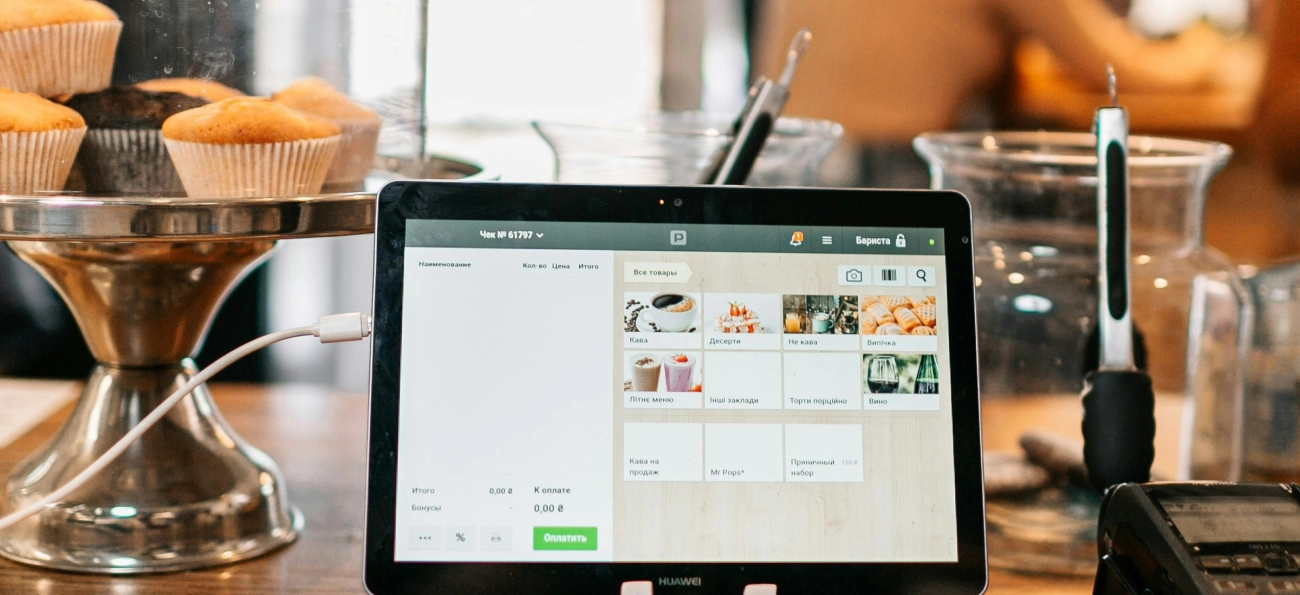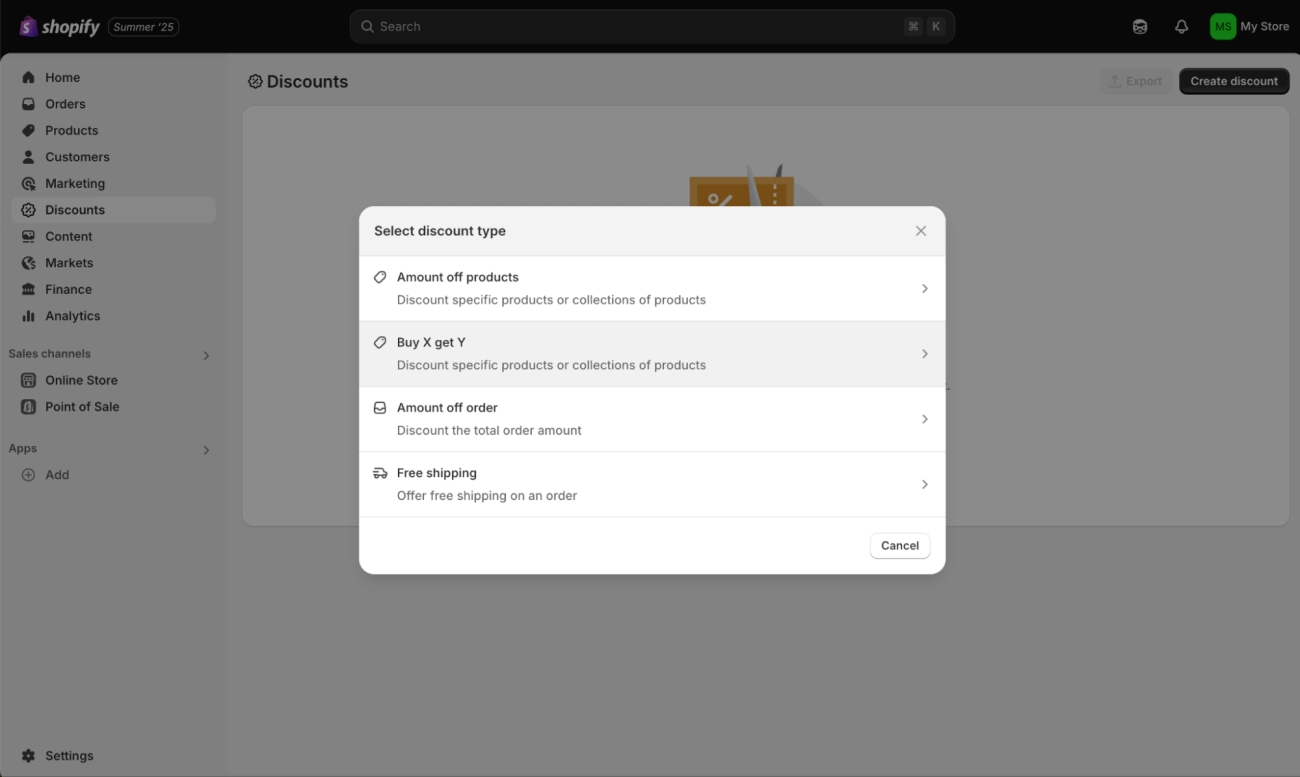POS Hardware Innovations for Seamless Global Payments and Multi-Currency Support

Global e-commerce surged past $6 trillion in 2024, yet nearly 25% of cross-border transactions stumble on outdated POS hardware. What if your checkout could instantly handle multi-currency payments, contactless NFC processing, and real-time syncing—no delays, no errors? In this post, we’ll dive into the latest POS hardware innovations for seamless international transactions and show how solutions like SDLPOS empower retailers to break down payment barriers and boost global sales. Ready to stop losing revenue at the register? Let’s explore the tech transforming worldwide retail experiences today.
The Hidden Costs of Fragmented POS Systems in International Trade
Global retailers face significant challenges with fragmented POS systems that lack cohesive functionality across borders. These outdated setups often lead to disconnected transactions, currency conversion errors, and slower payment processing times. For businesses operating internationally, this fragmentation translates into hidden costs such as higher fees, lost sales, and inefficient reconciliation processes.
Why Legacy POS Hardware Fails Global Customers
Legacy POS hardware struggles to keep pace with the demands of multi-currency POS terminals and global payment gateways integration. Many traditional systems lack support for NFC-enabled checkout devices and EMV-compliant card readers, making them incompatible with top contactless and chip cards used worldwide.
This incompatibility frustrates customers who expect smooth, secure payment experiences anywhere they shop. Additionally, legacy terminals often cannot handle offline transaction syncing, leaving retailers vulnerable during connectivity outages—an unacceptable risk in cross-border commerce.
Local Retailer Struggles with Outdated POS Technology
Local retailers expanding into international markets face steep hurdles. Without cloud-based POS systems delivering real-time syncing and seamless updates, staff rely on manual processes prone to errors. The absence of omnichannel retail hardware means poor inventory visibility between online and physical stores, hampering customer satisfaction and operational efficiency.
Retailers also wrestle with complex currency exchange management—lacking modular multi-currency processors forces costly workarounds. For smaller businesses, these operational inefficiencies can result in lost revenue and stalled growth.
Are you unknowingly paying the price for fragmented software and outdated devices? The reality is that sticking with legacy hardware leads to lower customer retention and missed opportunities—especially when global customers demand cutting-edge checkout tech.
Key takeaways:
- Fragmented POS systems increase hidden costs through transaction inefficiencies.
- Legacy hardware fails to support modern global payment methods and multi-currency processing.
- Local retailers suffer operational setbacks without cloud-based, omnichannel, and multi-currency POS solutions.
Understanding these challenges is the first step toward embracing the POS hardware innovations driving seamless international transactions.
Top 2025 POS Hardware Innovations Driving Borderless Transactions

In 2025, POS hardware innovations are transforming how businesses handle international payments, making cross-border transactions smoother and more efficient than ever. If you’re a retailer in the U.S. looking to expand globally or serve diverse customers locally, staying ahead with these technologies is key.
Cloud-Integrated Terminals for Real-Time Syncing
One of the biggest game-changers is cloud-based POS systems that keep your sales data synced in real time. These terminals link directly to online databases, ensuring your inventory, pricing, and sales reports update instantly across all locations—even overseas. For U.S. retailers, this means:
- Reduced reconciliation errors with automatic updates
- Faster access to sales insights wherever you operate
- Simplified management of multiple stores and currencies
This connectivity supports global payment gateways integration, keeping transactions seamless no matter where your customers come from.
NFC and SoftPOS for Contactless Global Payments
Contactless payments are everywhere, and 2025’s innovations take them further with NFC-enabled checkout devices and SoftPOS technology. SoftPOS lets you accept payments via your smartphone or tablet without additional hardware, cutting costs and adapting quickly to new market demands. These solutions provide:
- Easy acceptance of international cards and mobile wallets
- Faster checkout experiences customers expect today
- Reduced physical hardware investment for small to mid-size businesses
Together, these features support the growing demand for contactless payment hardware worldwide, making checkout frictionless whether customers pay with Apple Pay, Samsung Pay, or global NFC cards.
Modular Multi-Currency Processors
Handling multiple currencies has been a headache for many U.S. retailers serving international customers—but modular multi-currency POS terminals are changing the game. These processors are designed to:
- Automatically convert and process various currencies at the point of sale
- Simplify tax and duty calculations across borders
- Allow easy upgrades or component swaps without replacing the entire system
By integrating cross-border transaction processors, these modular options reduce hidden fees and delays, improving the overall customer experience while protecting your bottom line.
As a U.S. retailer, investing in next-gen terminals for international retail with these features means future-proofing your business for a global audience. From cloud integration to contactless options and multi-currency support, these tools help you deliver fast, reliable, and secure payments across borders with less hassle.
How SDLPOS Hardware Delivers Unmatched Seamlessness for International Retailers
When it comes to international retail, SDLPOS hardware stands out by handling complex cross-border transactions with ease. Their multi-currency POS terminals are designed to support global payment gateways integration, allowing retailers in the U.S. to accept payments in various currencies without frustrating delays or errors. This means your customers get a smooth checkout experience no matter where they’re from.
SDLPOS Flagship Terminals Specs and Features
SDLPOS flagship terminals combine advanced features that meet the specific needs of U.S. businesses operating internationally:
- Multi-currency processors: Instantly convert and process payments in major foreign currencies, reducing waiting times at checkout.
- NFC-enabled checkout devices: Support contactless global payments, including Apple Pay, Google Wallet, and international tap-to-pay cards.
- Cloud-based POS systems: Keep real-time syncing between physical stores and online channels for an omnichannel retail experience.
- EMV-compliant card readers: Ensure secure chip card payments that comply with global security standards.
- Offline transaction syncing: Prevent sales interruptions during network hiccups by securely storing transaction data until connection restores.
- Biometric POS security options: Protect sensitive customer data and enable faster staff authentication without compromising security.
These features come together to deliver fast, secure, and adaptable payment processing suited for the ever-changing dynamics of international commerce.
Real-World Wins SDLPOS in Action
Several U.S. retailers have already seen measurable benefits after switching to SDLPOS hardware:
- Increased sales by up to 25% through reduced payment friction and faster checkout lines.
- Improved customer satisfaction, especially among tourists and international buyers who appreciate native currency billing and smooth contactless payments.
- Simplified management with cloud-syncing enabling centralized monitoring of all outlets, regardless of location.
- Fewer chargebacks and fraud attempts thanks to integrated biometric security and AI-powered protections embedded at the hardware level.
One apparel retailer in Miami cut checkout time nearly in half during peak tourist seasons by adopting SDLPOS terminals, handling payments from over a dozen countries seamlessly. Another electronics store reported smoother omnichannel sales as inventory and transactions synced automatically across in-store and online sales channels.
SDLPOS hardware doesn’t just meet expectations—it transforms international transaction experiences by blending advanced technology with real-world practicality tailored for U.S. businesses competing globally.
Implementation Roadmap for POS Hardware Innovations Seamless Upgrade Without Disruption
Upgrading your POS hardware to support seamless international transactions doesn’t have to be overwhelming. With a clear roadmap, you can adopt advanced tech like multi-currency POS terminals, cloud-based systems, and contactless payment hardware while keeping daily operations smooth. Here’s a simple, practical approach for U.S. retailers ready to make the switch.
Step 1 Assess Current Systems and Needs
- Evaluate your existing setup: Identify where current EMV-compliant card readers or local currency processors fall short, especially with cross-border payments.
- Analyze transaction volume and customer profiles: Are you dealing with many international cards or multiple currencies? Knowing this guides hardware choice.
- Check integration capabilities: Ensure new devices will sync with your current global payment gateways and back-office tools.
Step 2 Integrate New Hardware Thoughtfully
- Choose modular multi-currency processors designed for easy upgrades and quick currency switching without downtime.
- Opt for cloud-integrated POS terminals that enable real-time syncing across online and physical stores — vital for omnichannel retail success.
- Test contactless options like NFC-enabled checkout devices and SoftPOS software to streamline payments faster.
Step 3 Train Staff for a Smooth Transition
- Provide hands-on training focused on international transaction flows and troubleshooting cross-border payment hiccups.
- Emphasize security protocols, including biometric POS security features and AI-driven fraud detection capabilities if available.
- Keep ongoing support channels open to resolve issues quickly post-implementation.
Projected Benefits and ROI
With this step-by-step plan, many U.S. retailers see up to a 25 percent sales lift thanks to:
- Faster checkout and fewer payment declines on international cards.
- Increased customer trust with smooth, secure global payment options.
- Reduced hidden costs related to legacy systems and currency conversion delays.
Ready to upgrade? Use an ROI calculator tailored for POS hardware investments to forecast your gains before committing. This ensures you invest smartly, unlocking growth while maintaining uninterrupted service.
By following this roadmap, you’ll position your business to handle the evolving needs of today’s international shoppers — upgrading to cutting-edge hardware without missing a beat.
Future-Proofing Your POS Hardware Innovations Beyond 2025
As international retail keeps evolving, staying ahead means planning for what’s next—especially with POS hardware. For U.S. businesses serving global customers, this means focusing on two big trends: AI-driven fraud detection and sustainability in POS design.
AI-Driven Fraud Detection in POS Hardware
Security is a top priority for handling cross-border transactions. Traditional POS systems struggle with complex fraud patterns that come with international payments. The newest POS terminals are embedding AI-powered security features right into the hardware:
- Real-time threat analysis: AI scans transactions instantly to spot unusual activity across multi-currency POS terminals.
- Adaptive learning: Fraud detection algorithms get smarter over time, adapting to emerging threats common in global payment gateways.
- Biometric verification: Integrating fingerprint or facial recognition directly into POS devices adds an extra layer of identity confirmation, reducing fraud risks significantly.
For U.S. retailers dealing with international customers, AI-enhanced POS hardware offers seamless protection without slowing down transactions—something legacy devices can’t match.
Sustainability in POS Design
Beyond performance and security, sustainability is becoming a must-have feature for POS hardware. Buyers today want devices that reduce environmental impact, which also benefits brands building a green image in the U.S. market.
Here are key sustainability points showing up in next-gen POS hardware:
- Eco-friendly materials: Terminals use recycled plastics and metals, cutting down on waste without compromising durability.
- Energy-efficient components: New processors and screens consume less power—ideal for retailers looking to lower energy bills while supporting greener tech.
- Modular upgrades: Instead of replacing the entire POS, businesses can swap out specific parts like processors or card readers, extending the device’s lifespan and preventing e-waste.
Pairing sustainability with cloud-integrated and NFC-enabled checkout devices, these hardware innovations promise lower overhead and stronger brand loyalty for U.S. retailers tapping into conscious consumerism.
Why Future-Proof Your POS Hardware
Investing in AI-driven and sustainable POS terminals means you’re ready for:
- Smarter fraud management that keeps global payments smooth and secure
- Reduced operational costs through energy savings and longer-lasting devices
- Aligning with consumer demand for responsible business practices
- Remaining competitively agile in an ever-changing international payment landscape
By embracing these advanced hardware trends, U.S. retailers can confidently manage cross-border transactions with speed, security, and a sustainable edge well past 2025.
